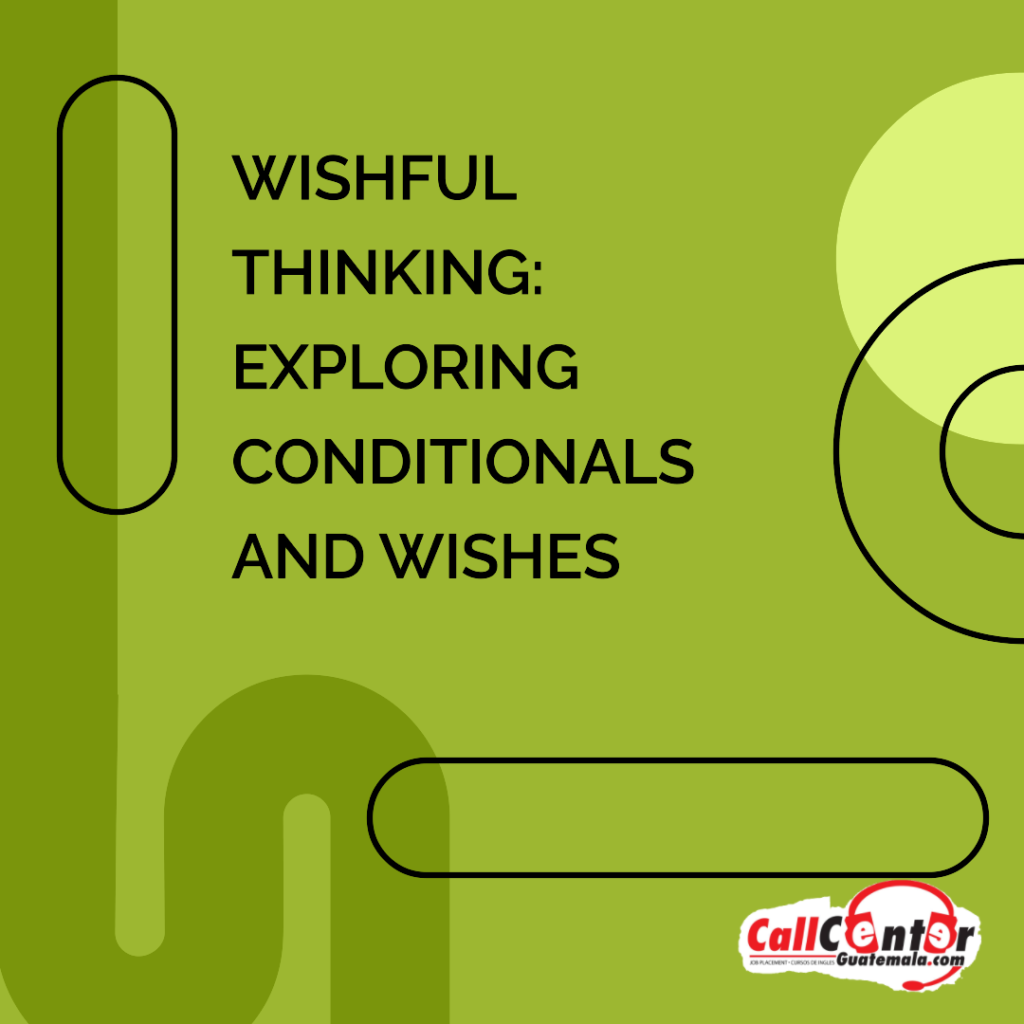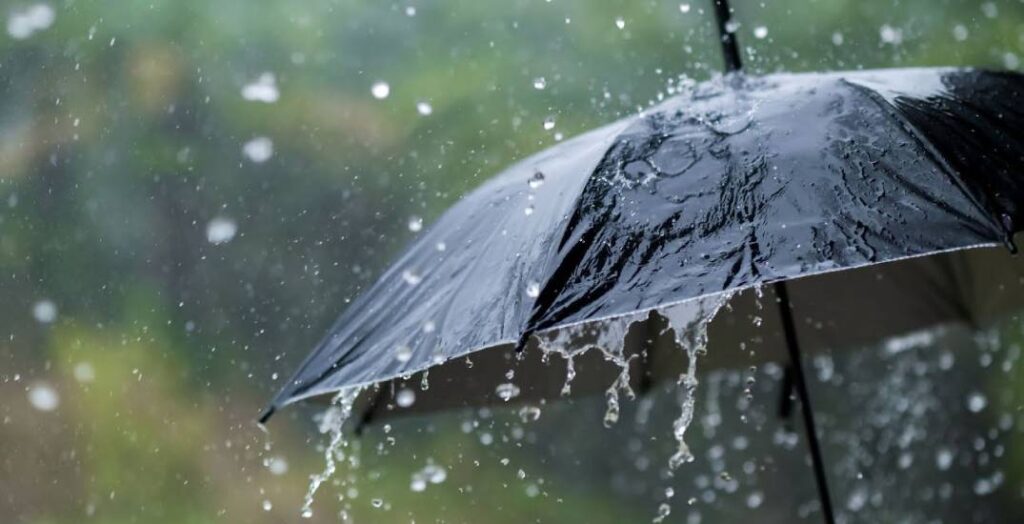Introduction to Conditionals and Wishes
To the teacher:
In this introductory page, students will learn the basic concepts of conditionals and expressing wishes. We’ll explore how these structures add depth and complexity to their communication skills, allowing them to convey hypothetical situations and unfulfilled desires effectively.

1
Introduction to Conditionals and Wishes
To the teacher:
In this introductory page, students will learn the basic concepts of conditionals and expressing wishes. We’ll explore how these structures add depth and complexity to their communication skills, allowing them to convey hypothetical situations and unfulfilled desires effectively.
Welcome, Students!
Have you ever wondered how to talk about things that haven’t happened yet, or express your wishes and desires? Well, you’re in the right place! In this lesson, we’ll dive into the exciting world of conditionals and wishes. These are powerful tools that will help you express hypothetical situations and unfulfilled desires in English. Let’s get started!
Section 1: Conditionals
What Are Conditionals?
Conditionals are sentence structures that help us talk about situations that depend on other situations. They allow us to explore different outcomes based on different conditions. We often use conditionals to discuss possibilities, likelihoods, and hypothetical scenarios.
Types of Conditionals
There are several types of conditionals, each expressing different degrees of certainty and likelihood. Let’s look at the most common ones:
Zero Conditional:
- Structure: If + Present Simple, Present Simple
- Usage: Used for general truths and facts.
- Example: If you heat water to 100 degrees Celsius, it boils.
GO HERE TO STUDY THE SIMPLE PRESENT TENSE

First Conditional: (real conditional)
- Structure: If + Present Simple, Will + Base Verb
- Usage: Used for real possibilities and future events.
- Example: If it rains tomorrow, we will stay indoors.
GO HERE TO STUDY THE SIMPLE FUTURE TENSE

Second Conditional: (unreal conditional)
- Structure: If + Past Simple, Would + Base Verb
- Usage: Used for hypothetical situations that are less likely.
- Example: If I won the lottery, I would buy a big house.
GO HERE TO STUDY THE SIMPLE PAST TENSE
GO HERE TO STUDY WOULD

Third Conditional: (past conditional)
- Structure: If + Past Perfect, Would Have + Past Participle
- Usage: Used for imagining different past outcomes.
- Example: If she had studied harder, she would have passed the exam.
GO HERE TO STUDY THE PAST PERFECT TENSE
GO HERE TO STUDY THE PAST OF WOULD

Section 2: Expressing Wishes
What Are Wishes?
Wishes are statements about things we want to be different from reality. We use wishes to talk about unfulfilled desires, regrets, and situations that we wish were different.
Structure of Wishes
When expressing wishes, we use different verb forms based on the context. Let’s take a look:
Present Wishes:
- Structure: Subject + Wish + Past Simple
- Usage: Expressing present desires that are unlikely or impossible.
- Example: I wish I had a pet elephant.

Past Wishes:
- Structure: Subject + Wish + Past Perfect
- Usage: Expressing regrets about the past or things that didn’t happen.
- Example: She wishes she had studied medicine.

Putting It All Together
Now that we have a basic understanding of conditionals and wishes, we can start crafting more nuanced and expressive sentences. These tools will add depth to your conversations and allow you to explore different scenarios and emotions.
End of Page 1

